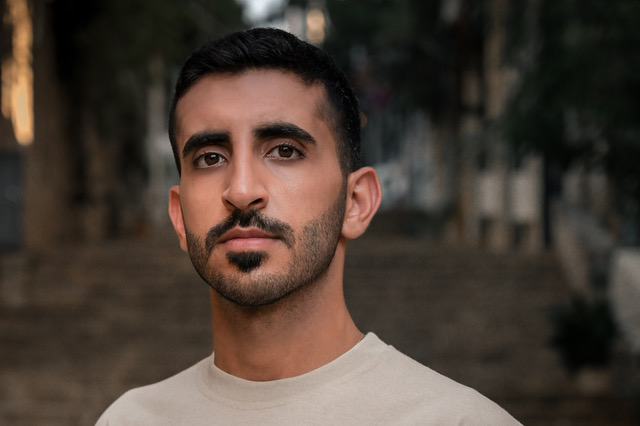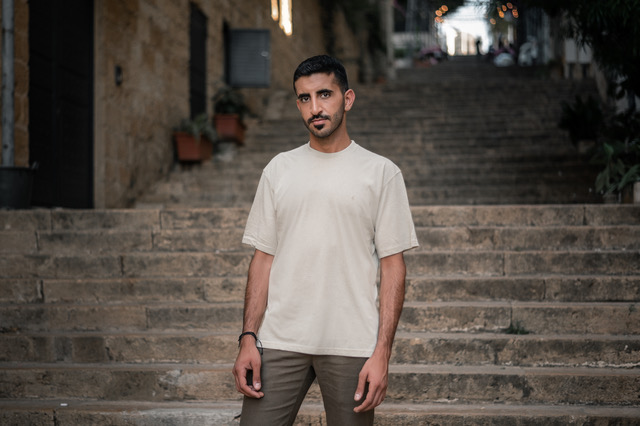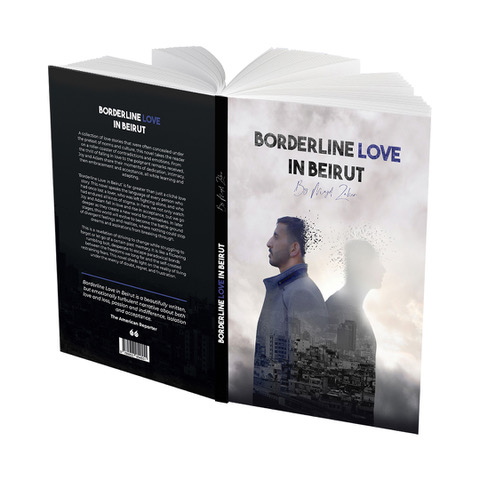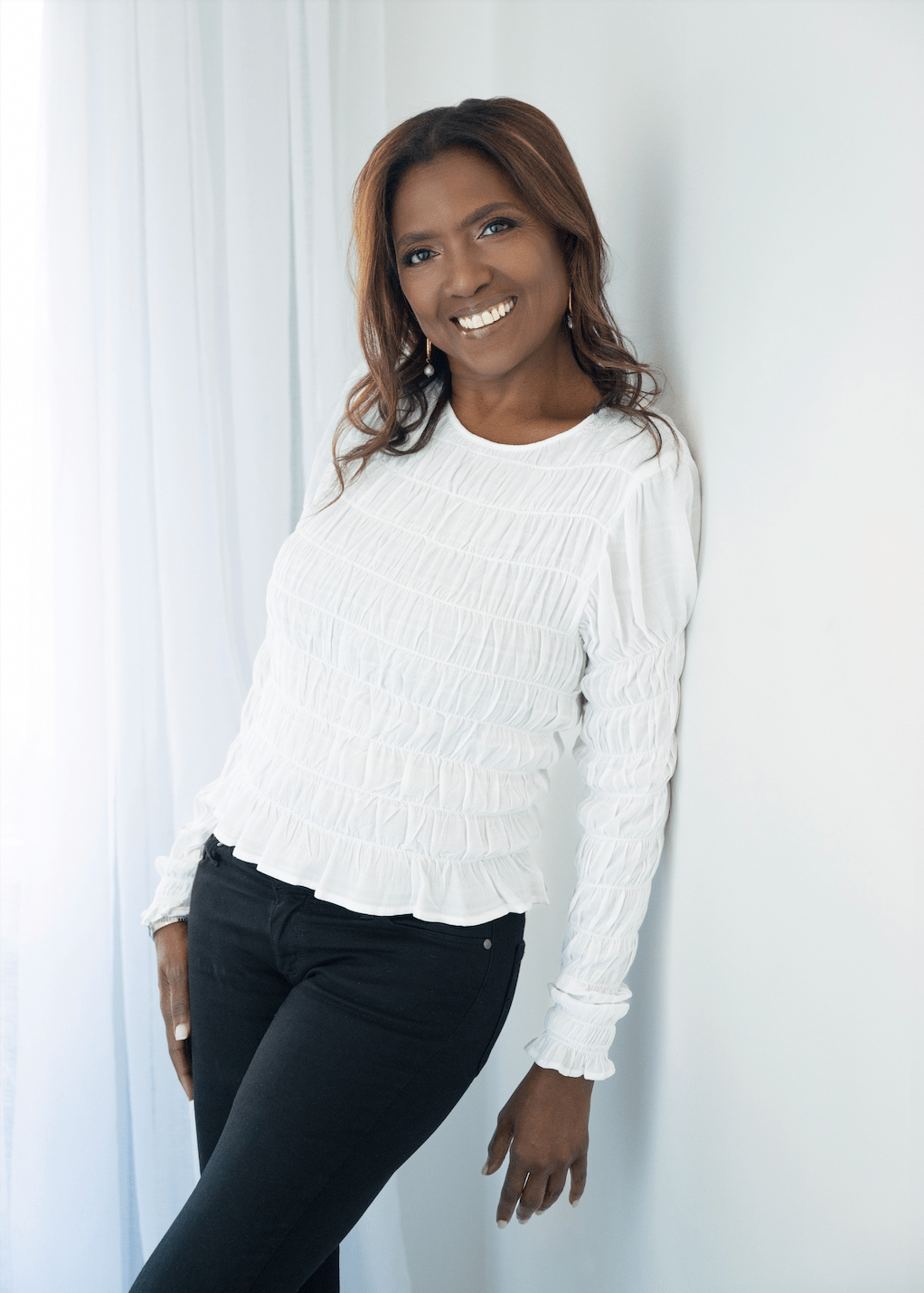Lifestyle
Strength and Vulnerability: Majd Zaher’s New Novel Looks Beyond the Veneer of Lebanese Society

- Your first book ‘Borderline Love in Beirut’ explores some challenging topics and complex characters. Can you explain the inspiration behind the story?
Growing up in a conservative family brought many challenges to my life. There was always something missing in every moment I spent living. There was a part of me that I wanted to discover and unleash yet I was afraid of judgments and backlash. Hence, I grew up as the loneliest kid in town as I had no friends and always found myself the weakest individual wherever I was. Moving out from my family’s house and starting an independent life was an eye-opening experience and the main motive that made me talk and write. I wanted this novel to be a celebration for everyone who doubted his own potential, who thought that other’s opinion would be able to dim his or her own light, and on a personal level I wanted to prove to all those who had ever bullied me that I was able to find success and peace after all.
- One of the themes you deal with is marginalization and marginalized groups. Why did you decide to address this topic?

Writing has always been a way to pave the road towards a better world and an escape from the prisons we might be existing in. Talking about marginalized groups is based on my stance that everyone has the right to exist if they are not hurting or killing anyone else; and no one has the right to decide who is eligible to enjoy life and who is not. Unfortunately, in Lebanon, we have no laws to protect vulnerable or marginalized groups. These groups include immigrants, domestic labors, queer people, or any other category. In Borderline Love in Beirut, I was no longer Majd, I ascended to Joy and Adam’s soul to show the world how difficult living life becomes when no one likes you, when everyone avoids you, and when everyone judges you for what you look like and not for the real person you are. In Lebanon, we have laws that penalize love that does not protect women from harassment. In Lebanon, our system does not give any attention to the importance of mental health and does not help marginalized groups to engage in society.
- What is the role of mental health in ‘Borderline Love’, and what are some lessons about dealing with or treating mental health issues from the story?
In Borderline Love in Beirut mental health is the crux of the story. I will not be able to say how this Borderline case will evolve yet I could tell you how it all started. Joy and Adam were the victims of a society that has never been able to embrace them the way they are. Experiencing death, upbringing challenges, and health concerns, Joy and Adam grew to become victims each in their own way. The takeaway is that offering mental health care and support for people who undergo a certain trauma, and even those who did not, is something critical. We can no longer sit still when almost every hour a Lebanese citizen ends his or her life. We cannot sit still when people still think seeking mental health care are mad. We should learn that the strongest of us can sometimes be the weakest and most vulnerable.
- Is ‘Borderline’ a cautionary tale? Or is it intended as a reflection of another kind?

I see in Borderline Love in Beirut as many tales narrated at once. This novel carries in its pages a cautionary and reflective approach. At many parts of the story when I discussed Joys struggles with loneliness, self-hate and first love I was narrating many past incidents. However, in other pages, I detached myself from this reality and decide to go the extra mile and tell others how destructive it would be for anyone to fall in love before loving himself or herself, or how painful does it become when you don’t praise your uniqueness, or you don’t embrace yourself before listening to people’s judgments.
- The book is set in contemporary Beirut and focuses primarily on young characters. How do you perceive your own society in Lebanon in terms of some of these issues, including marginalized groups and mental health issues? What would you hope for the future of Lebanon in terms of societal relations and acceptance?
In Lebanon, the lifestyle is not bearable anymore but I’m still hopeful of what is coming next because I believe one day my people will wake up to realize that coexisting and accepting the other is the only way to guarantee long-lasting peace and prosperity. It is difficult to find words to describe Lebanese society, but I will say that it is strange and paradoxical. For example, if you go to certain areas in Beirut, you’ll see people of different backgrounds enjoying their lives without the essence of discrimination and stigma. However, if you would leave the city for a less than five-minute drive, you will see the opposite. My wish and sincere hope for the future is to have a safe place for all people to live in Lebanon. To have laws that do guarantee the rights of the weak, and more laws to ensure gender equality. I do hope as well more effort will be done to abolish the rules that penalize love and strengthen the rifts in society.
- The past year has been incredibly hard for Lebanon, and the world. What do you hope to impart, through ‘Borderline Love’ to young Lebanese who might have struggled through the August 4th explosion, COVID, and other major obstacles?
My message here is for those who have struggled and continue to struggle, for those who have lost and learned, for those who are still seeking to find a path to a safe shore, to all dreamers and seekers, to all lovers, to parents and youth. I want to tell them all that fighting can be exhausting but the end results will be rewarding. Let them all know that we will not rest, nor will we accept living in a place where our brothers and sisters are being killed. Not when the weak are always abused, and when all we want to do is love yet obstacles are placed in our way. Let them all know that we shall rise, and we will rise stronger than ever because after each storm there is always hope. Borderline Love in Beirut is the utmost manifestation of this idea.
Lifestyle
Wanda Knight on Blending Culture, Style, and Leadership Through Travel

The best lessons in leadership do not always come from a classroom or a boardroom. Sometimes they come from a crowded market in a foreign city, a train ride through unfamiliar landscapes, or a quiet conversation with someone whose life looks very different from your own.
Wanda Knight has built her career in enterprise sales and leadership for more than three decades, working with some of the world’s largest companies and guiding teams through constant change. But ask her what shaped her most, and she will point not just to her professional milestones but to the way travel has expanded her perspective. With 38 countries visited and more on the horizon, her worldview has been formed as much by her passport as by her resume.
Travel entered her life early. Her parents valued exploration, and before she began college, she had already lived in Italy. That experience, stepping into a different culture at such a young age, left a lasting impression. It showed her that the world was much bigger than the environment she grew up in and that adaptability was not just useful, it was necessary. Those early lessons of curiosity and openness would later shape the way she led in business.
Sales, at its core, is about connection. Numbers matter, but relationships determine long-term success. Wanda’s time abroad taught her how to connect across differences. Navigating unfamiliar places and adjusting to environments that operated on different expectations gave her the patience and awareness to understand people first, and business second. That approach carried over into leadership, where she built a reputation for giving her teams the space to take ownership while standing firmly behind them when it mattered most.
The link between travel and leadership becomes even clearer in moments of challenge. Unfamiliar settings require flexibility, quick decision-making, and the ability to stay calm under pressure. The same skills are critical in enterprise sales, where strategies shift quickly and no deal is ever guaranteed. Knight learned that success comes from being willing to step into the unknown, whether that means exploring a new country or taking on a leadership role she had not originally planned to pursue.
Her travels have also influenced her eye for style and her creative pursuits. Fashion, for Wanda, is more than clothing; it is a reflection of culture, history, and identity. Experiencing how different communities express themselves, from the craftsmanship of Italian textiles to the energy of street style in cities around the world, has deepened her appreciation for aesthetics as a form of storytelling. Rather than keeping her professional and personal worlds separate, she has learned to blend them, carrying the discipline and strategy of her sales career into her creative interests and vice versa.
None of this has been about starting over. It has been about adding layers, expanding her perspective without erasing the experiences that came before. Wanda’s story is not one of leaving a career behind but of integrating all the parts of who she is: a leader shaped by high-stakes business, a traveler shaped by global culture, and a creative voice learning to merge both worlds.
What stands out most is how she continues to approach both leadership and life with the same curiosity that first took her beyond her comfort zone. Each new country is an opportunity to learn, just as each new role has been a chance to grow. For those looking at her path, the lesson is clear: leadership is not about staying in one lane; it is about collecting experiences that teach you how to see, how to adapt, and how to connect.
As she looks to the future, Wanda Knight’s compass still points outward. She will keep adding stamps to her passport, finding inspiration in new cultures, and carrying those insights back into the rooms where strategy is shaped and decisions are made. Her legacy will not be measured only by deals closed or positions held but by the perspective she brought, and the way she showed that leading with a global view can change the story for everyone around you.
-

 Tech5 years ago
Tech5 years agoEffuel Reviews (2021) – Effuel ECO OBD2 Saves Fuel, and Reduce Gas Cost? Effuel Customer Reviews
-

 Tech6 years ago
Tech6 years agoBosch Power Tools India Launches ‘Cordless Matlab Bosch’ Campaign to Demonstrate the Power of Cordless
-

 Lifestyle6 years ago
Lifestyle6 years agoCatholic Cases App brings Church’s Moral Teachings to Androids and iPhones
-

 Lifestyle5 years ago
Lifestyle5 years agoEast Side Hype x Billionaire Boys Club. Hottest New Streetwear Releases in Utah.
-

 Tech7 years ago
Tech7 years agoCloud Buyers & Investors to Profit in the Future
-

 Lifestyle5 years ago
Lifestyle5 years agoThe Midas of Cosmetic Dermatology: Dr. Simon Ourian
-

 Health7 years ago
Health7 years agoCBDistillery Review: Is it a scam?
-

 Entertainment6 years ago
Entertainment6 years agoAvengers Endgame now Available on 123Movies for Download & Streaming for Free
